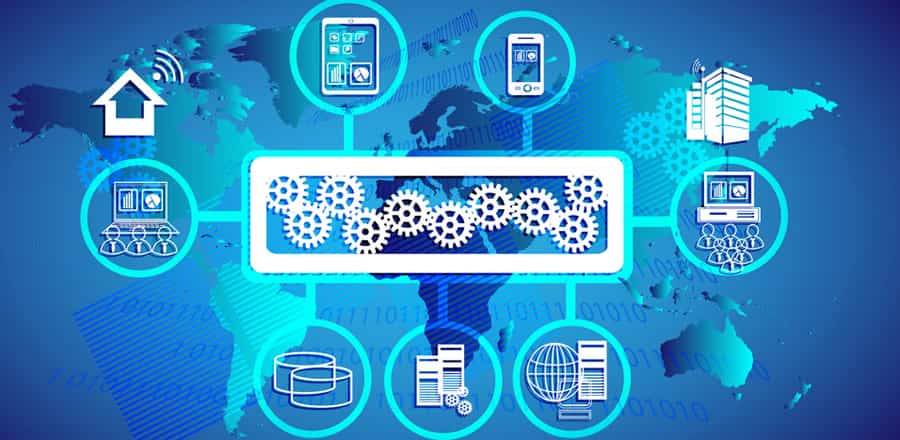Frequently Asked Questions
- What is HTML coding?
-
 It is part of web design involving elements, tags and attributes - the designators are categorized into headings in less than () brackets. The pair of closing and..
It is part of web design involving elements, tags and attributes - the designators are categorized into headings in less than () brackets. The pair of closing and..
-
- What is PHP coding
-
 It is the most widely used server-side programming language that offers fast ways to create dynamic webpages that work well with HTML and multiple types of databases..
It is the most widely used server-side programming language that offers fast ways to create dynamic webpages that work well with HTML and multiple types of databases..
-
- What is a domain name
-
 It refers to the address that can be used to find computers connected on the network through IPs as it is difficult to remember the string of numbers. The names are..
It refers to the address that can be used to find computers connected on the network through IPs as it is difficult to remember the string of numbers. The names are..
-
- How to build a web app
-
 The Web applications UK are dynamic usable pages where client-side code can be written in HTML, CSS or JavaScript and is interpreted by the browsers, while, the..
The Web applications UK are dynamic usable pages where client-side code can be written in HTML, CSS or JavaScript and is interpreted by the browsers, while, the..
-
- What are web applications
-
 The web applications UK are stored on remote servers and accessed on the browser through the internet. It can deliver certain function and some are accessible on..
The web applications UK are stored on remote servers and accessed on the browser through the internet. It can deliver certain function and some are accessible on..
-
- What makes a good website
-
 Some of the best websites have a clear purpose, organized basic elements positioned (on the homepage) as per certain rules, straightforward navigation, clean..
Some of the best websites have a clear purpose, organized basic elements positioned (on the homepage) as per certain rules, straightforward navigation, clean..
-
- What is web design
-
 It is the basic template designed by web developers as a user interface with several visual imageries to determine how the pages of the site will look and work. It..
It is the basic template designed by web developers as a user interface with several visual imageries to determine how the pages of the site will look and work. It..
-
Related Terminology Explained
- How to design a web page
-
 Web pages are essential tools for online marketing. They are designed by every single business and every individual wants to know how to design a web page that will..
Web pages are essential tools for online marketing. They are designed by every single business and every individual wants to know how to design a web page that will..
-
- How to learn web designing
-
 How to learn web designing, Learning the ropes of web design requires time, patience and plenty of practice. There is much to learn, from choosing and styling HTML..
How to learn web designing, Learning the ropes of web design requires time, patience and plenty of practice. There is much to learn, from choosing and styling HTML..
-
- Website design and development
-
 Website design and development are businesses where no compromise should be made. Design and development are the most important parts of developing your online..
Website design and development are businesses where no compromise should be made. Design and development are the most important parts of developing your online..
-
- Professional responsive web design
-
 If you are looking for a professional responsive web design that is affordable, and above all professional, then do some more research. There are many factors to..
If you are looking for a professional responsive web design that is affordable, and above all professional, then do some more research. There are many factors to..
-
Why Choose Us
Choose us because we are different, and we have proved it!

We're Experienced
Working with several different Business big and small , you can benefit from our decades of collective experience.

We Listen
We like to get to know our clients and their business properly, so we can determine the best way forward.

We're Results Driven
We believe in action and making the difference that would enhance the flow of your business.

We're Selective
We only say Yes where we know real value can be added and make a significant positive difference.

✘

Enrich The Experience

















